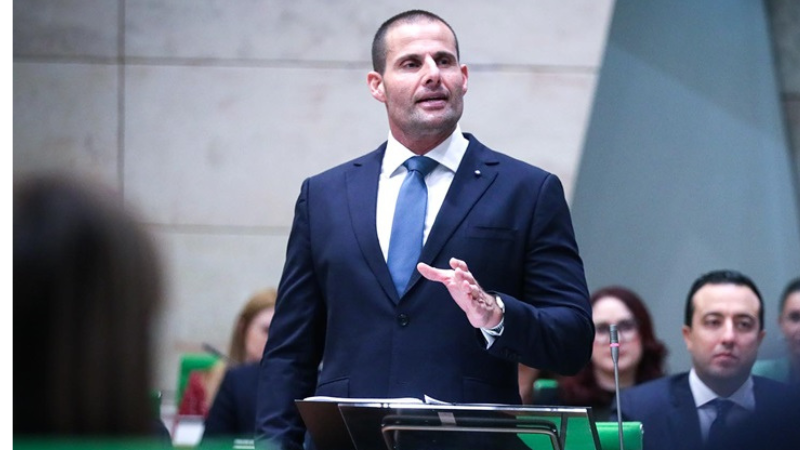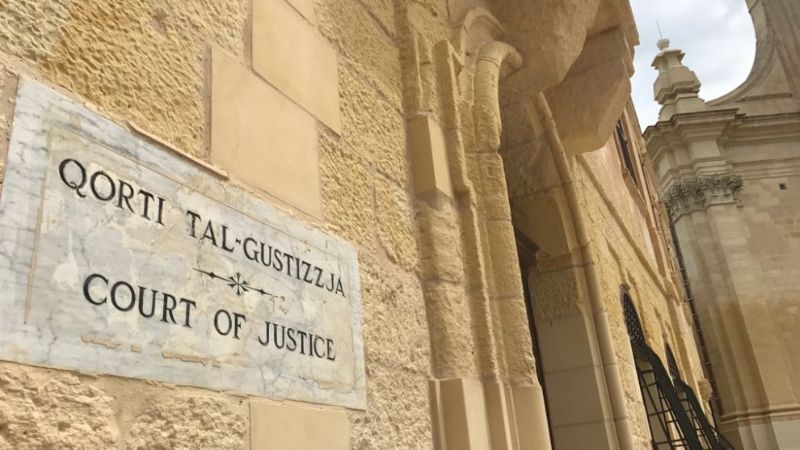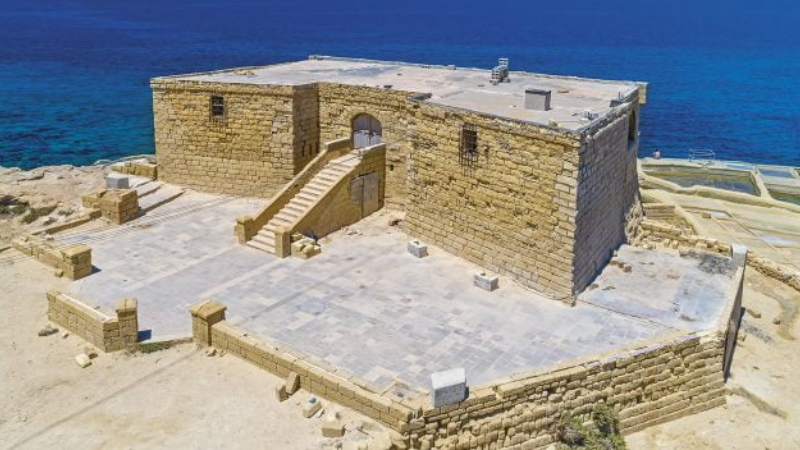Lionel Gerada, the former canvasser of Konrad Mizzi and MTA Head of Events who dished out millions to a close group of party organisers, has been sharing “information” about COVID-19 aimed at reducing the seriousness of the virus to simple “media hype”.
While other countries are taking precautions, Gerada made it clear in earlier posts that he thinks Malta should ride this opportunity by exploiting the mass events market in Europe. His relentless posts occasionally include videos of parties in other countries that are also fighting the pandemic. Thanks to pressure by health workers and the media, events targeted to bring “thousands of Brits” to Malta were cancelled.
While Gerada dismisses COVID-19 as being no worse than seasonal influenza or even smoking, scientists studying and treating it tell a different story.
Geoffrey Joyce, Director of Health Policy at the University of Southern California’s Schaeffer Center, debunked some of the myths being used by politicians across the globe to dismiss the seriousness of the pandemic in a recent article in the prominent academic and news journal The Conversation.
The first “myth” he addresses is the very same misinformation promoted by Gerada: that COVID-19 isn’t much worse than the flu. Joyce quotes studies suggesting the infection fatality rate of the novel coronavirus is actually four to eight times higher.
As Malta’s Superintendent of Public Health, Charmaine Gauci, said on Friday, a vaccine exists for seasonal flu, but governments can only resort to social distancing and masks when dealing with COVID-19.
One other emerging myth being spread in Malta is that the recent increase in cases is due to an increase in testing. Malta has once again reached a staggering record of 3,000 swabs per day, which is impressive and to be applauded. But Malta’s numbers are not increasing simply because tests are at a record high.
As Joyce explains, more testing means health officials are made aware of illnesses which would have otherwise fallen below the radar.
“Testing predominately sick and symptomatic people can result in an overestimate of its virulence,” he writes, arguing that conducting more tests gives authorities a clearer picture of the situation.
An expert really shouldn’t need to explain this. When Malta was conducting around 1,200 tests per day, authorities were finding 10 to 15 cases. But virus numbers did not simply follow suit when the number of swabs doubled. Instead, they shot up to between 40 and 70 cases reported daily.
Joyce also examined the necessity of lockdowns, arguing that a surge in cases after reopening the country for economic reasons does not deem the need for a lockdown unnecessary. Things would have gotten much worse should countries have simply reopened without taking necessary precautions.
“Just like an investment disclaimer that past returns do not guarantee future performance,” he writes, “modeling a pandemic should be seen as suggestive of what might happen given current information and not a law of nature.”
Given the difficulty of both tracking and prediction, does the rise in numbers mean Malta has entered a ‘second wave’?
Joyce writes that it’s difficult to know when the first wave effectively comes to a halt and when the second one starts. Such issues are best left to scientists and medical professionals.
The Doctor’s Association agrees. They issued a statement condemning the Malta Tourism Authority’s attempt to undermine health professionals, referring to an MTA director (not Lionel Gerada) who advised bar owners on how to circumvent the legal notice on the new measures introduced for bars.












